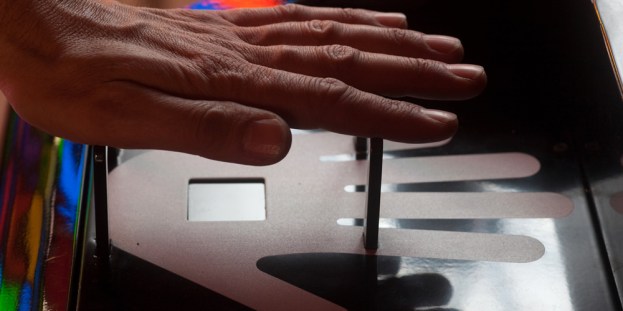
More likely to be found in science fiction movies than real life, the NYU Medical Center is utilizing palm scanners for accessing patient information and medical records. Designed to reduce paperwork, speed up wait times and eliminate identify theft, a biometric identification system reads vein patterns of a patient with infrared light. The device is created by a company called PatientSecure and is approximately 100 times more unique than fingerprints according to the chief of hospital operations at NYU. According to a study created by the Ponemon Institute in 2010, over 1.4 million adults were victims of identity theft in 2009. Medical identity theft typically includes gaining access to pharmaceuticals or getting fraudulent insurance payouts.

More than 25,000 patients have signed up for the scanning procedure since initially rolling out in June. NYU also investigated other means of identification such as medical cards with barcodes, but decided palm scanning is more accurate. PatientSecure is also partnered with many other hospital networks around the nation. However, information between hospitals isn’t shared and palm scans aren’t tied to medical records. Palm scans are also useless to forensic analysis for identifying victims as the scan requires blood flow to work. Palm scanning is currently used in Japan for identification at ATM machines as well as identification for professional-level standardized tests.


